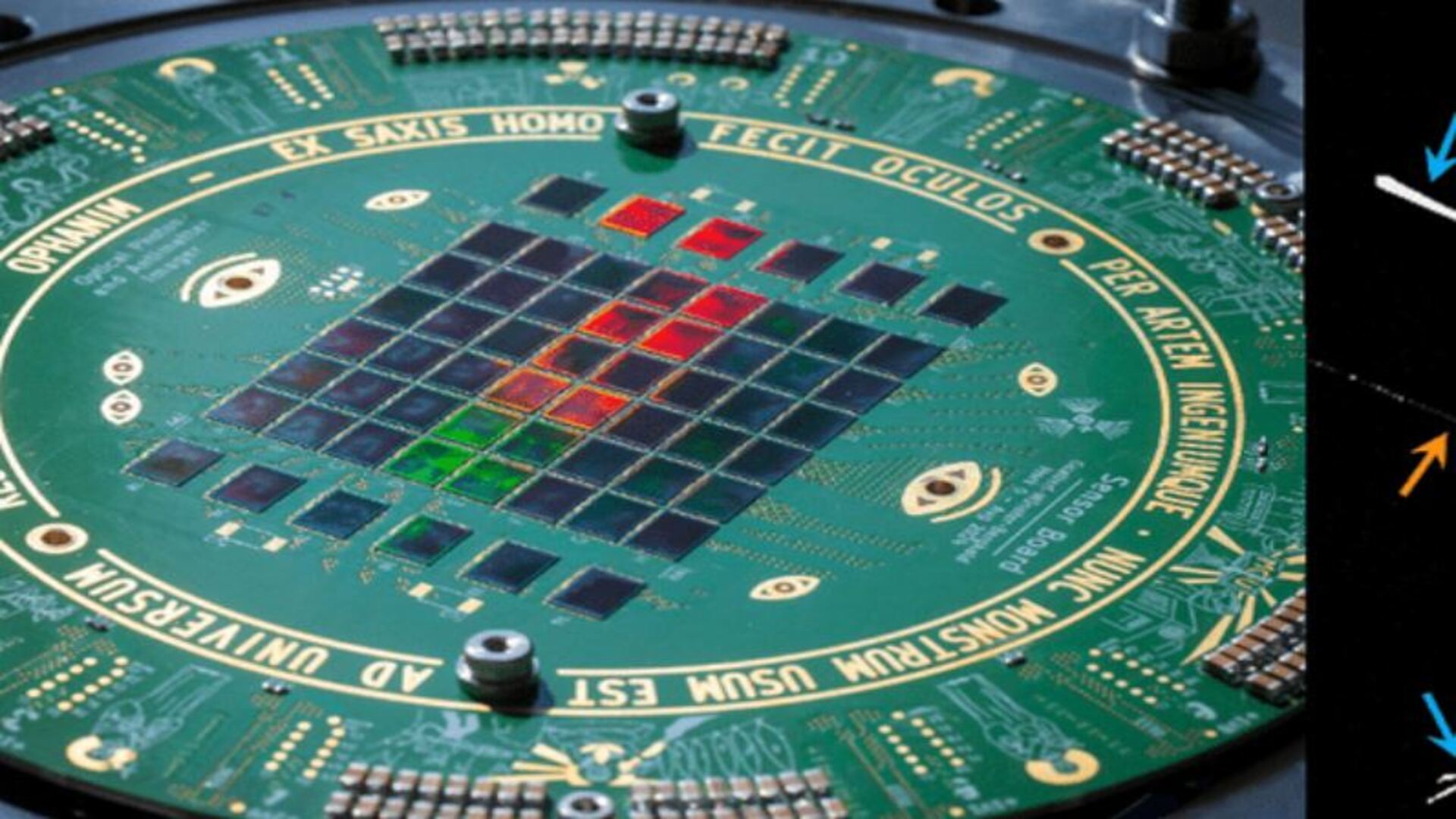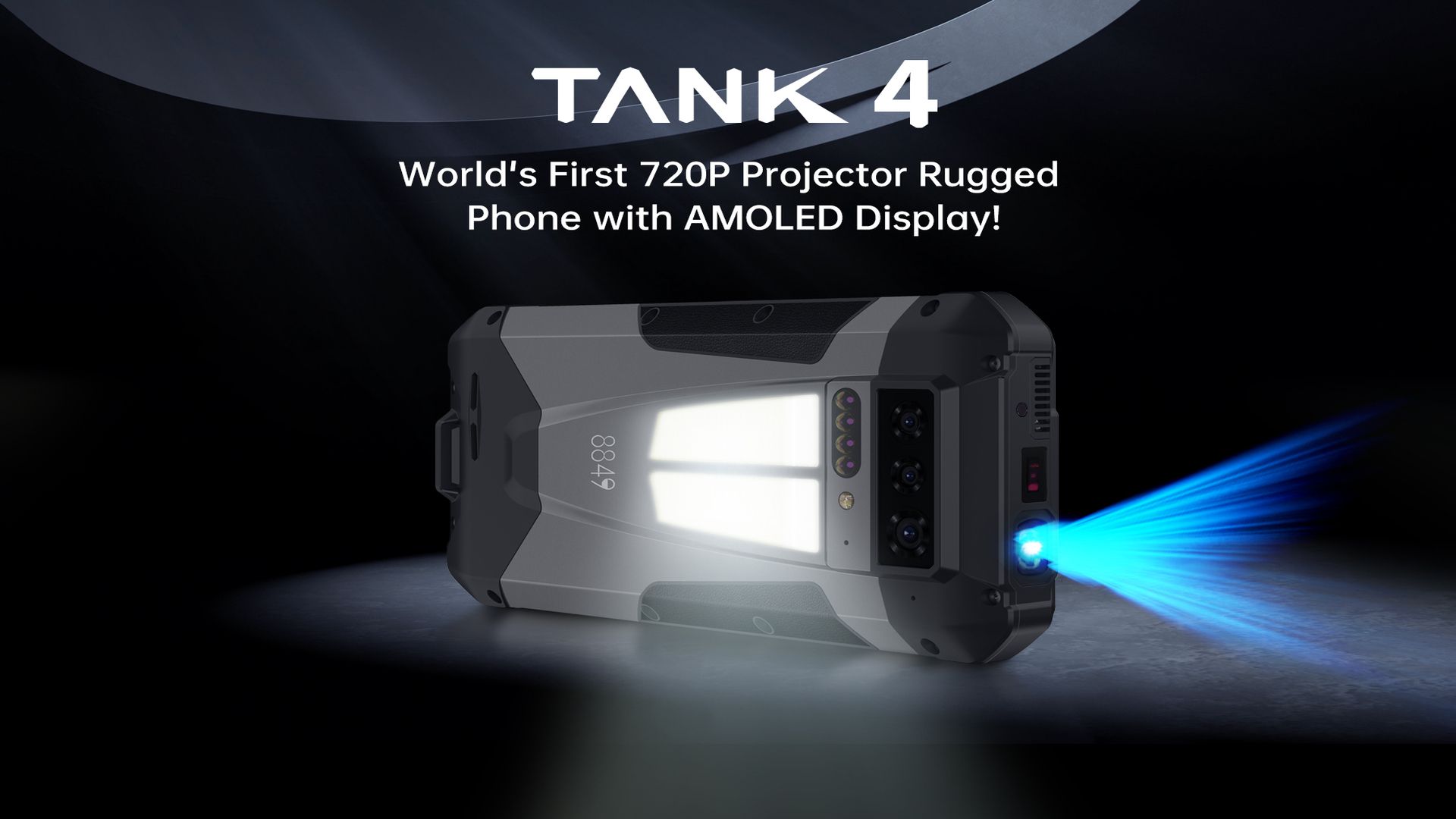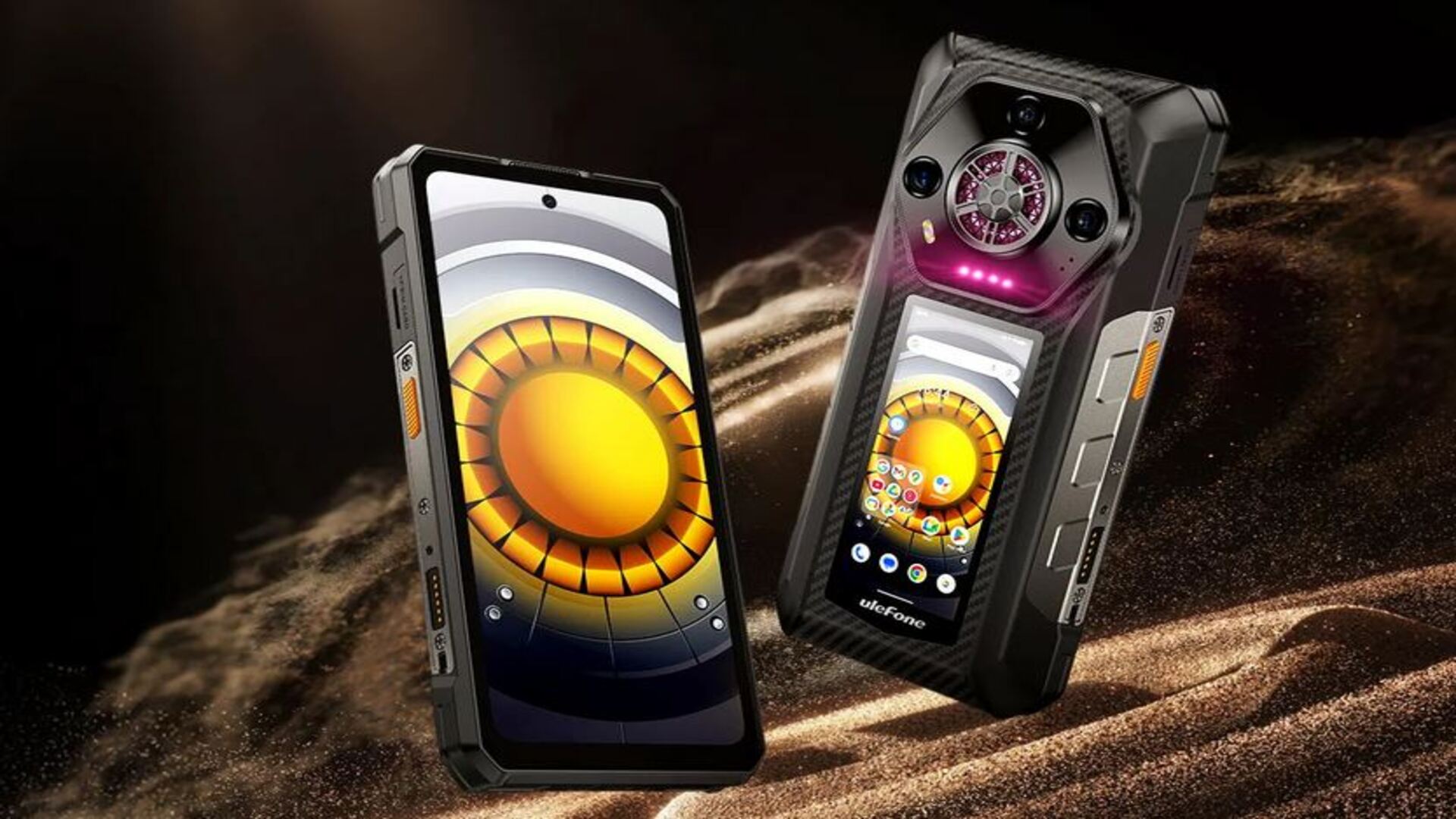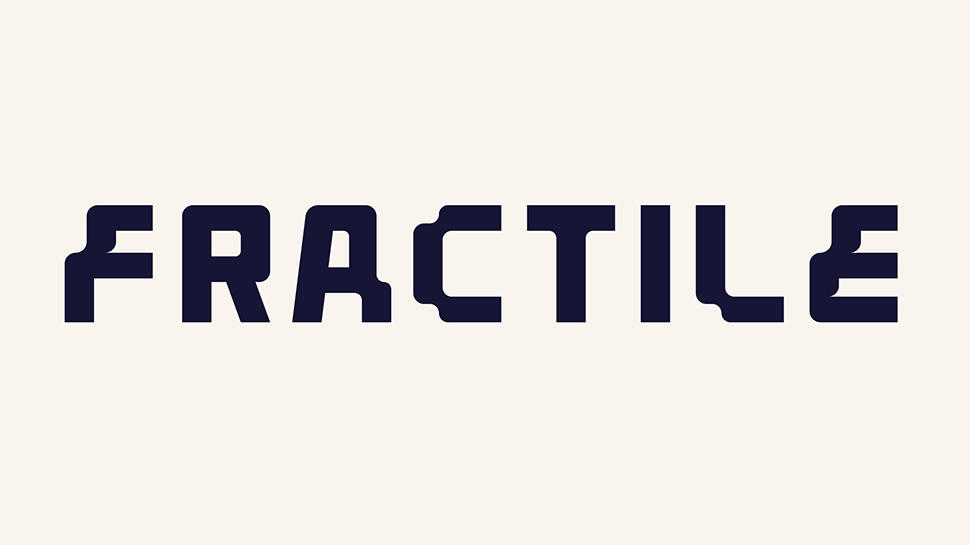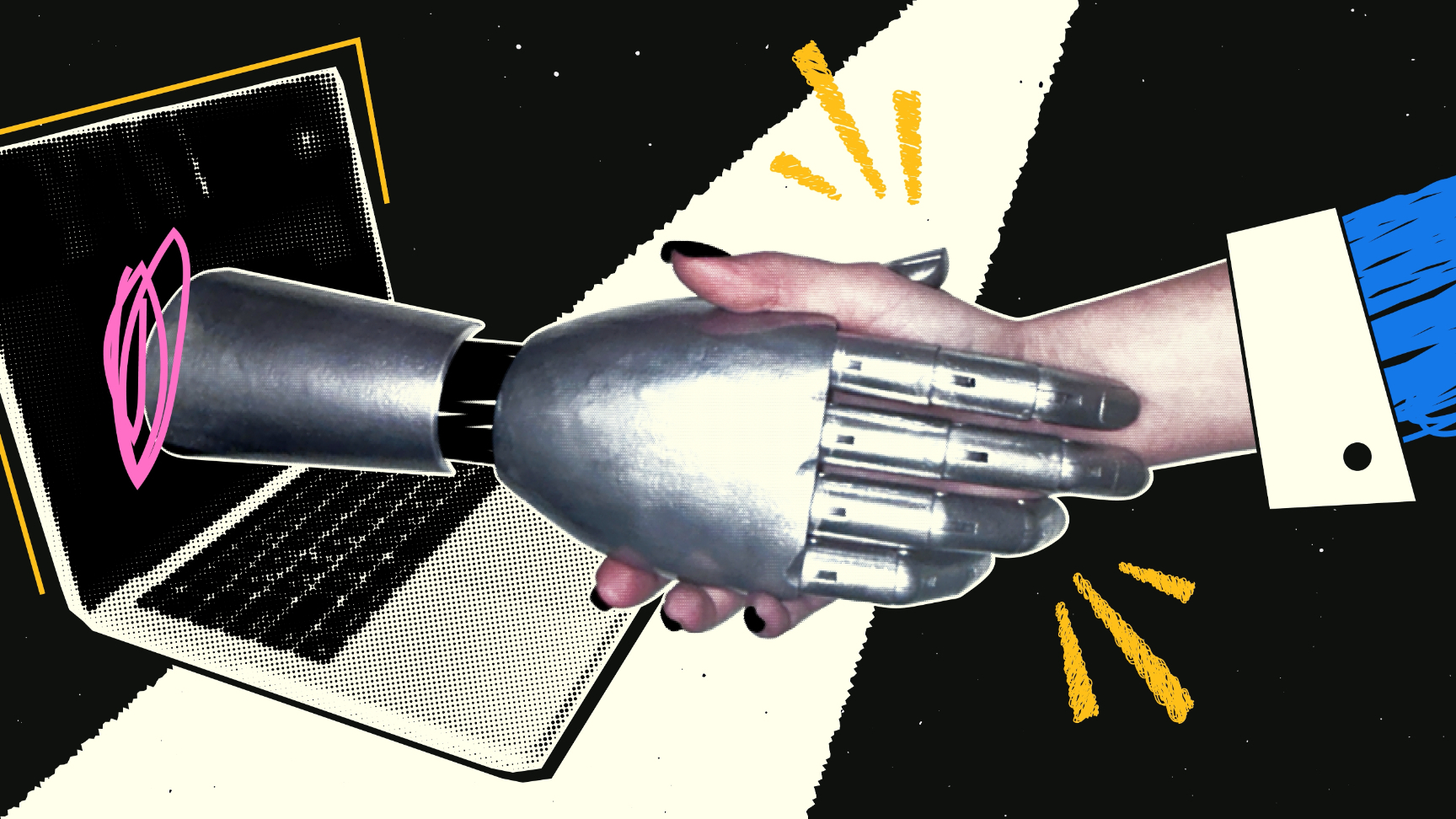- OPHANIM combines everyday tech with high-end scientific imaging capability
- Antimatter detection is now possible using repurposed smartphone camera tech
- Gigapixel device could reveal fine details of particle collisions instantly
At CERN’s Antimatter Factory, the AEgIS collaboration is exploring a novel approach to detecting one of nature’s rarest phenomena: antiproton annihilation.
eeNews reports the team, led by Professor Christoph Hugenschmidt from the Technical University of Munich (TUM), has developed an experimental detector using sensors originally designed for mobile phone cameras.
Instead of creating a new sensor system from scratch, the researchers repurposed sixty 64-megapixel mobile camera sensors to form a 3.84-gigapixel array called OPHANIM, short for Optical Photon and Antimatter Imager. This composite detector can observe where antiprotons collide with matter, annihilating in a flash of energy.
From mobile phones to antimatter research
“For AEgIS to work, we need a detector with incredibly high spatial resolution, and mobile camera sensors have pixels smaller than 1 micrometer,” explains Francesco Guatieri, Principal Investigator at TUM.
To adapt the sensors for scientific use, the team had to employ intensive micro-engineering to remove the camera sensors of layers meant for mobile phone electronics.
“We had to strip away the first layers of the sensors, which are made to deal with the advanced integrated electronics of mobile phones,” says Guatieri. This process enabled the sensors to directly capture the light patterns associated with annihilation events.
Despite their origins, the mobile sensors do not compromise performance. In fact, the new detector offers a 35-fold improvement in real-time resolution over earlier methods.
“Previously, photographic plates were the only option, but they lacked real-time capabilities,” Guatieri adds.
“Our solution, demonstrated for antiprotons and directly applicable to antihydrogen, combines photographic-plate-level resolution, real-time diagnostics, self-calibration and a good particle collection surface, all in one device.”
The OPHANIM detector allows researchers to observe annihilation events in real time with a resolution of about 0.6 micrometres, fine enough to distinguish between different particles created during the process.
"This is a game-changing technology for the observation of the tiny shifts due to gravity in an antihydrogen beam travelling horizontally, and it can also find broader applications in experiments where high position resolution is crucial, or to develop high-resolution trackers," says AEgIS spokesperson Dr. Ruggero Caravita.
"This extraordinary resolution enables us also to distinguish between different annihilation fragments, paving the way for new research on low-energy antiparticle annihilation in materials."
The implications of this work extend beyond antimatter research. OPHANIM’s ability to track particles with such precision could benefit a wide range of experiments, all while offering a low-cost model built from existing consumer technology.
You may also like
- New insights into the Sun's corona emerge
- A new AI tool wants to make serendipitous scientific discovery less human
- AI Marie Curie or Robo-Galileo might make the next big science discovery
